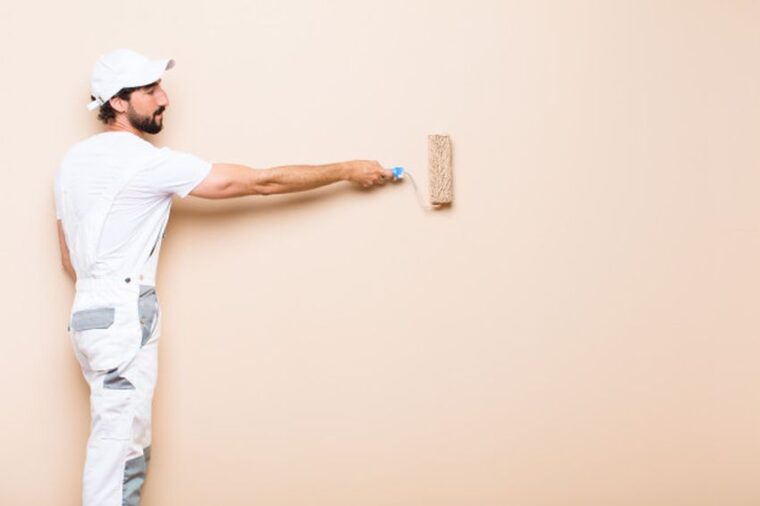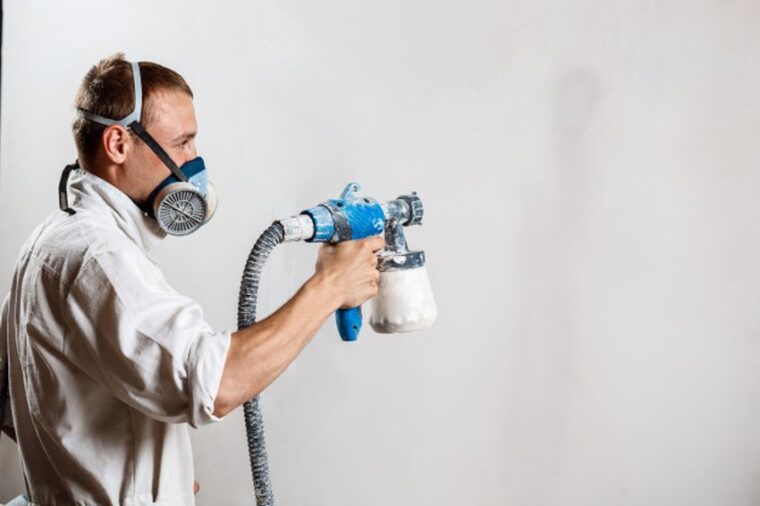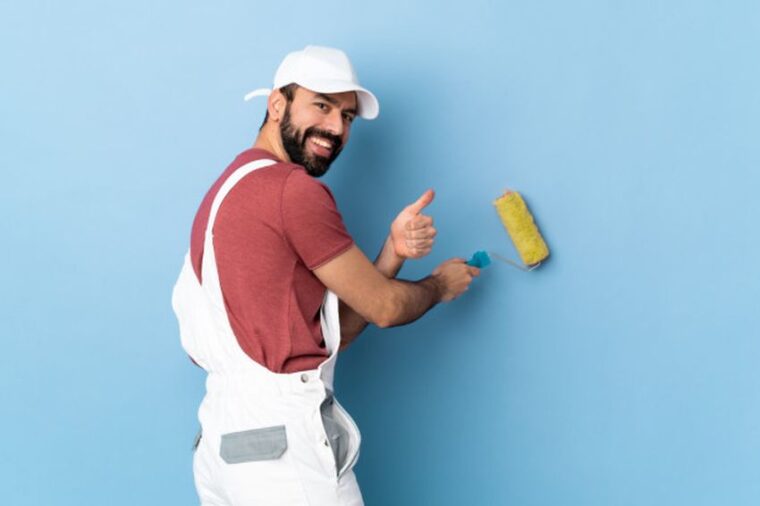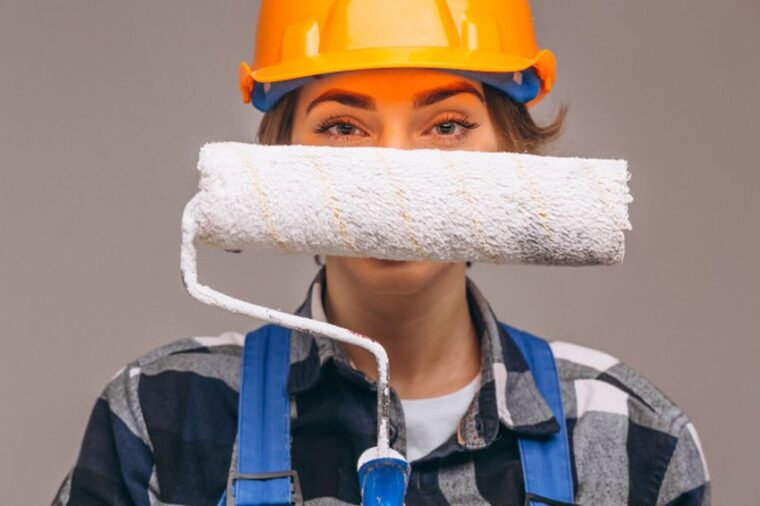There are not a lot of better ways to freshen up your house than a paint job. Painting the interior of your house can be an easy, fun DIY project, or if you’d like you could hire professionals. Whichever way you choose to go, you might need to do some prep work before the actual painting. Even though it might seem there’s no need to do anything other than applying some color to your walls, it’s not necessarily like that. Today, we’re going to cover a few basics steps that need to be taken prior to painting to make sure everything is done correctly and you don’t end up with unsatisfactory results and a botched paint job. Let’s get started.
-
Removing the furniture

Unless you’re moving into a new house and the house is empty, you will need to remove the furniture from the room. Whether you’re doing it by yourself or you’ve hired a crew, there’s no need for any of you to jump over coffee tables, end counters or a sofa. Removing the furniture so it isn’t an obstacle while painting is just the part of the reason, there is another one.
Naturally, you’d want your furniture to stay in the same condition. You wouldn’t want paint and other chemicals splattering all over them. Those stains can be really hard to remove. It’s paint that should survive on your walls for a while after all. Also, if possible, don’t jam all of your furniture into a tight space or a single room. You’re risking damaging it that way also. If you don’t have the space to store the furniture, think about renting a storage space for a few days. Another thing you can do with the large objects that might be hard to move, put them in the middle of the room so it doesn’t bother you a lot. Of course, remember to cover it with sheets or plastic, you don’t want it getting damaged or stained.
-
Protecting the floors

It doesn’t matter if you have a hardwood floor, carpeting or tiles. Whatever the surface you’re walking on is, it needs to be protected. A lot of people forget about this so they spend a couple of hours after the painting is done cleaning up the mess – sometimes unsuccessfully. The paint drips and splashes, it happens. Also, it leaves stains that are hard to get off. So, protect your flooring the right way. Don’t just settle for a couple of sheets of old newspaper placed along the edges of the room. Paper will get wet, get torn up and leave the floor exposed. Same goes for the regular plastic sheets. Those things tear easily and are very slippery, so, aside from being semi-good protection, it can also cause some injuries.
The best way to protect your floors is to use professional canvas cloth. Sure, they are a bit more expensive, but they’ll keep your floors clean. If you don’t mind spending an extra few bucks, you should get this sheet. A lot of professionals like Malerkanonen use those sheets to make sure your home is squeaky clean once the job is done.
-
Removing the wall decor

Even though it might seem like a hassle to remove all the art or clock from your walls and then put them back on, trust us, it’ll be faster than if you decide to paint around them. Painting around the paintings and other wall decorations will be very time consuming and it’ll also mean that the walls underneath it are not painted, which is ludicrous if you think about it. Take everything down, store it somewhere safe, and get to painting. This brings us to another point.
-
Fill the nail holes

When you remove all of your wall decorations you might end up with nails or nail holes left in the wall. The best way to approach this is to fill those holes up or just paint over the nails. Unless you plan on switching up the décor, don’t remove the nails if you plan on using them again. The nail holes are easy to fill. All you need is to get some spackle and a knife. Just grab a little bit of spackle onto a knife and apply to a hole. Make sure you fill the hole up, spread the spackle evenly, and remove any excess material.
-
Cleaning the walls

This is another step that might seem unnecessary, but, we assure you, it isn’t. Painting over a clean surface is important if you want good and even results. Dust or dirt of any kind can cause the paint to peel off more quickly or simply prevent it from being applied properly. Not to mention that some of the stains can be seen even through a new paint job. You can clean your walls with a mixture of water and regular detergent. If you have some stubborn stains, you can try and remove them with a mixture of bleach and TSP. This mixture should conquer the mightiest of stains. Just make sure you clean the walls a couple of days before the painting so they can dry out properly.
-
Taping (masking) the room

If you could separate the room into layers like in Photoshop and just paint the layers you want that would be ideal. However, this is not possible. If you plan on DIY-ing the painting process, make sure you tape over all of the areas you don’ want to be covered in paint. That means edges of doors, windows, or even ceiling if you don’t plan on painting it. You should do this with professional painters tape. Don’t skip out on this because it can really make a difference. It’ll take some time because you need to be precise, but in the end, it’ll all be worth it. Also, don’t over-tape it. You don’t want to cover the areas you want to paint over thinking you can easily paint them later with a brush. Those brush strokes will be evident and it’ll look like an amateur job.
To sum it all up, preparation is the key to a job well done no matter what you do. So, when the time comes for you to paint the house, make sure you follow these few steps and you should be good.
